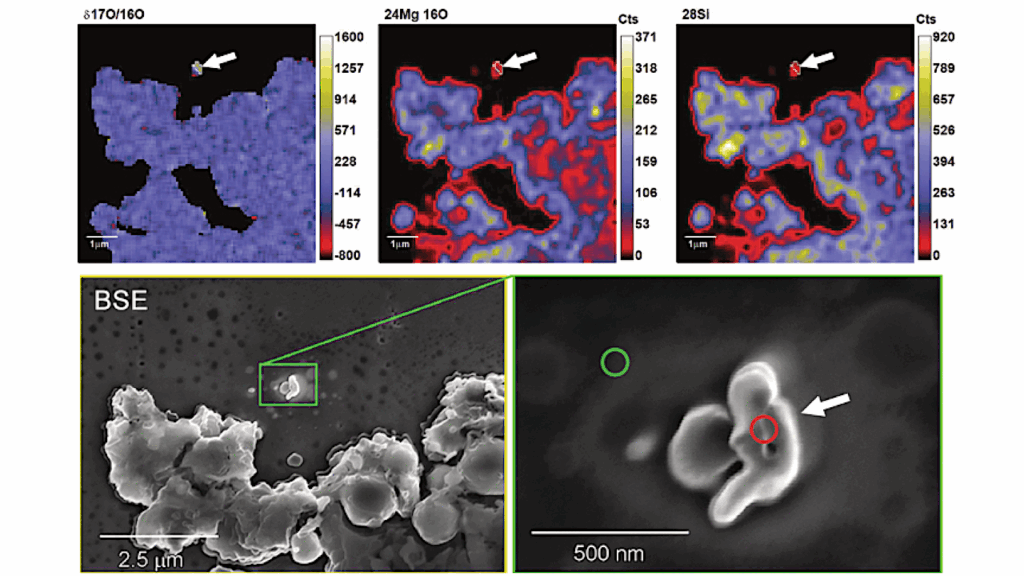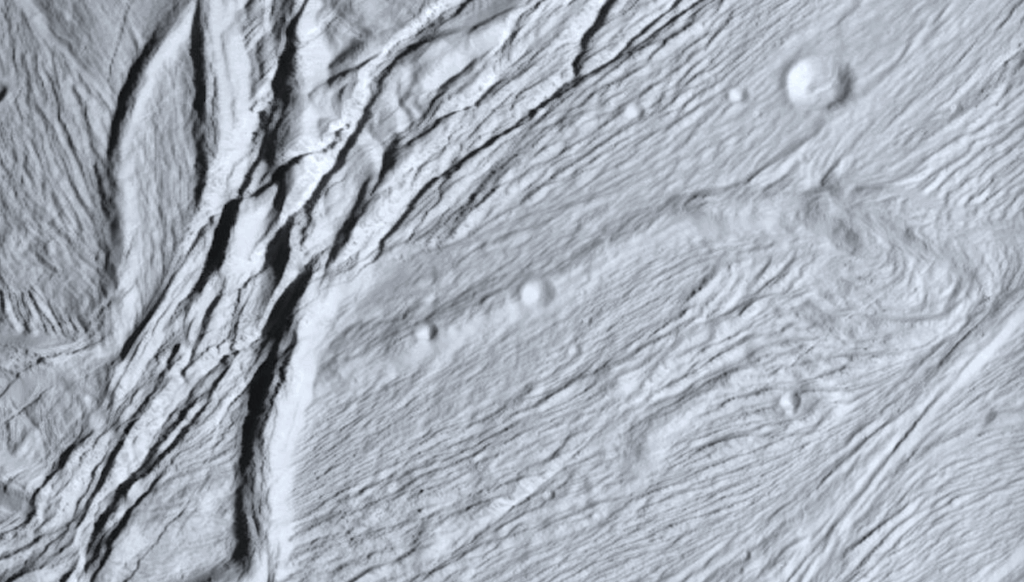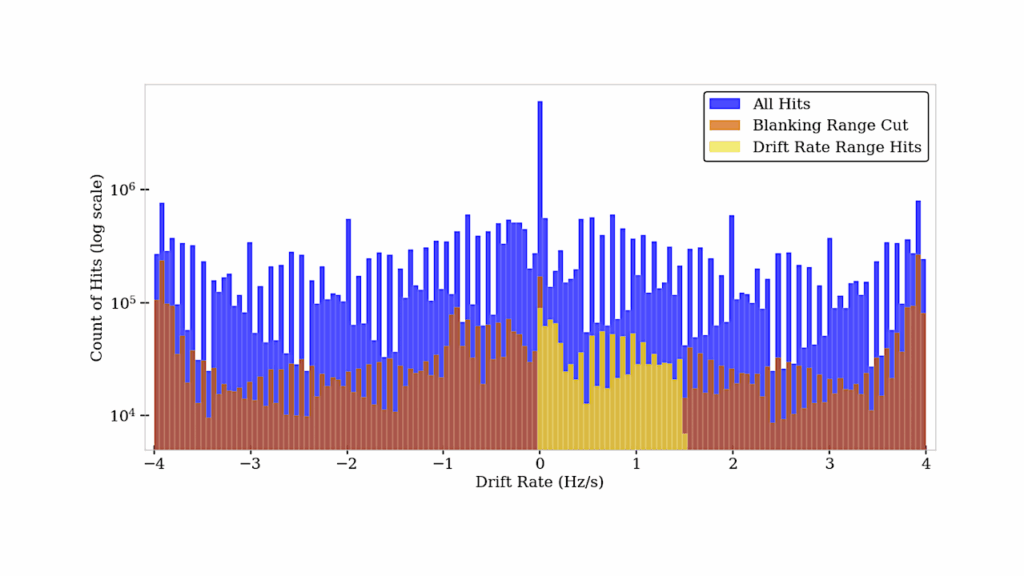The Water-iceline As Birthplace Of Planets: Implications Of A Species-dependent Dust Fragmentation threshold

The thermodynamic structure of protoplanetary discs is determined by the dust opacities which depend on the size of the dust grains and their chemical composition.
In the inner regions, the grain sizes are regulated by the level of turbulence (e.g., α-viscosity) and by the dust fragmentation velocity that represents the maximal velocity grains can have at a collision before they fragment. Here, we perform self-consistently calculated 2D hydrodynamical simulations considering a full grain size distribution of dust grains with a transition in the dust fragmentation velocity at the water-iceline, reflecting the results of previous laboratory experiments of particle collisions, where silicate particles normally have a lower dust fragmentation velocity than water-ice particles. Furthermore, we probe the effects of variations in the water abundance, the dust-to-gas ratio, and the turbulence parameter on the disc structure.
For the discs with a transition in the dust fragmentation velocity at the water-iceline, we find a narrow but striking zone of planetary outward migration, also for low viscosity. In addition, we find a bump in the radial pressure gradient profile that tends to be located slightly interior to the iceline. Both of these features are present for all tested disc parameters. Thus, we conclude that the iceline can function both as a migration trap which can extend the growth times of planets before they migrate to the inner edge of the protoplanetary disc, and as a pressure trap where planetesimal formation might be initiated or enhanced.
Jonas Müller, Sofia Savvidou, Bertram Bitsch
Comments: Accepted by A&A, 13 pages, 17 figures
Subjects: Earth and Planetary Astrophysics (astro-ph.EP)
Cite as: arXiv:2104.06749 [astro-ph.EP] (or arXiv:2104.06749v1 [astro-ph.EP] for this version)
Submission history
From: Jonas Müller
[v1] Wed, 14 Apr 2021 09:57:17 UTC (3,607 KB)
https://arxiv.org/abs/2104.06749
Astrobiology,








